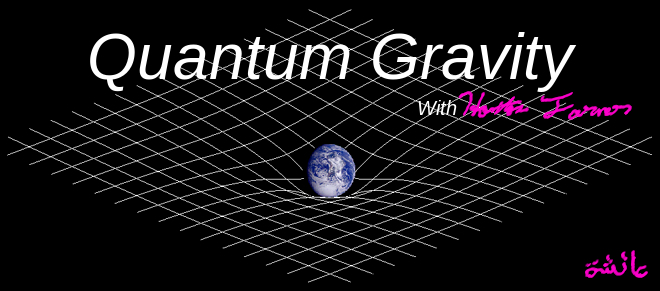Title: Dark matter creation by the scalar and vector fields of alternative gravity theories.What is NOT on that list is the very elementary mathematical error some people thought they saw which would have prevented a paper from leaving the editorial office and being reviewed at all. Namely what is not on there is anything to do with the computation of the determinant of the Schwarzschild metric. I will take the lack of criticism on such an elementary point as the non-existence of error.
Author Ms Hontas F Farmer
The author presents a description of a tentative model that includes elements from known published papers (refs 1 and 2) on MOND and scalar-tensor-vector gravity theories.
In my opinion this paper has several weaknesses and also mistakes that makes it unsuitable for CQG. More precisely,
- The author considers a static background but for the purposes indicated a dynamic cosmological eg FRW model will be the correct attitude
- The wording 'separate and apart' in the first paragraph are somewhat unscientific and leading to erroneous or misleading interpretations
- The Lagrangian indicated is incomplete when contrasting with the settings in ref. 1. and 2.
- The author indicates the lines in the diagrams as couplings, while the interpretation of the vertices is absent; The author would benefit from also consulting a quantum field theory book. But possibly it would beneficial also to consult http://arxiv.org/abs/gr-qc/0206071
- The arguments about the galactic plane are very qualitative, lacking any credible formal explanation; For dark matter and cosmological and astronomical issues the book by Coles and Lucchin may be of use.
- Finally, the issue of new forces and particles should be dealt with proper care and always contrasting with the current observational\experimental status
- Concerning quantum field theory in curved spaces, the author should employ the elements in Birrell-Davies book and Mukhanov-Winitzki.
In summary, the manuscript is clearly not suitable for CQG, is very incomplete, has quite a few flaws and must be vigorously corrected as well as improved.
As for the contents of that report. I take no issue with most of those points, they are 100% valid. Two however struck me as odd.
Point 5 is a bit confusing because my paper does not say anything about the galactic plane. Perhaps the figure where I show the variance of a quantity, the coefficient due to curved space time which would appear in all Feynman diagrams in the theory, lead the reviewer to believe that it does. :-/ I suppose I need to make clear what is not being written about in any future print. The galactic plane is traditionally a topic addressed in papers on TeVeS and dark matter, but not in this one.
Point 6 seems to imply that before this could be published someone would have to experimentally verify the theory first. Basically for me to get a theory published I would have to detect and experiment with dark matter. Then experimentally verify that at least some of that dark matter has the properties I predict. :-\ What other way is there to interpret that point? As of now there is no real data on dark matter other than indications it exist via astronomical observations. Nothing I know of to base a statement of what, if any, lie group would be used to formulate it's theory, or how/if it would interact with other dark matter particles other than by gravity. A similar statement was made by another journal. This sounds rather unreasonable. In particular when similar works have in fact been published. Such as "Constraining TeVeS Gravity as Effective Dark Matter and Dark Energy" arXiv:astro-ph/0610056v1 by HongSheng Zhao which looks at the scalar field in TeVeS as a candidate dark matter-energy field. Whereas in my work I consider the scalar and the vector fields in a generic scalar vector tensor type Lagrangian.
I can work on those other points. I have no formal training in QFT in curved space time. I have only considered this problem as a way of teaching myself a bit about the subject.
Overall this is the kind of feedback which is constructive not defamatory. Too much of what I got was written as if the addressee were a fool. None should have to suffer that abuse. That review is written as if what the addressee is working on is really really really hard even for accomplished physicist to approach, because it is.
Rest assured when I make errors they aren't the 2*2=7 variety. Rest assured I do make errors and want them pointed out, politely.




Comments